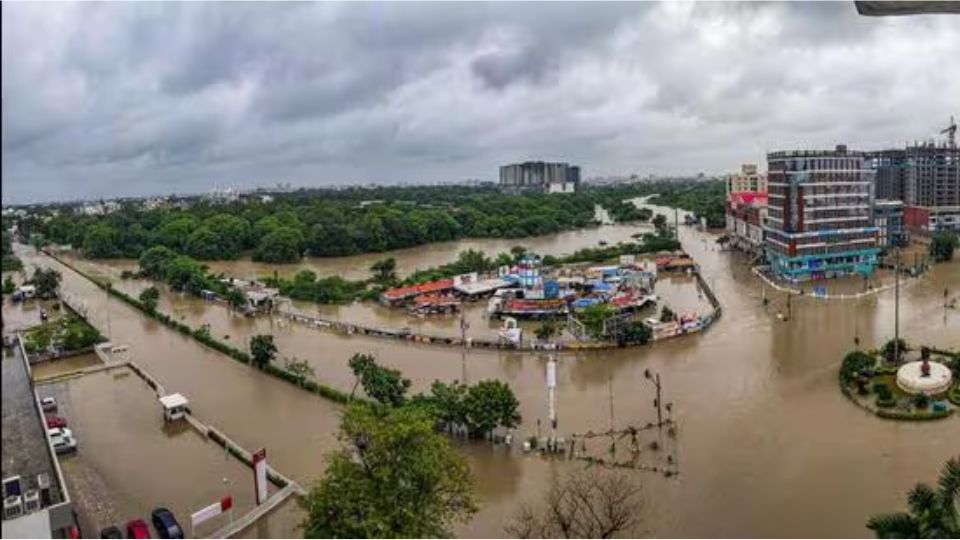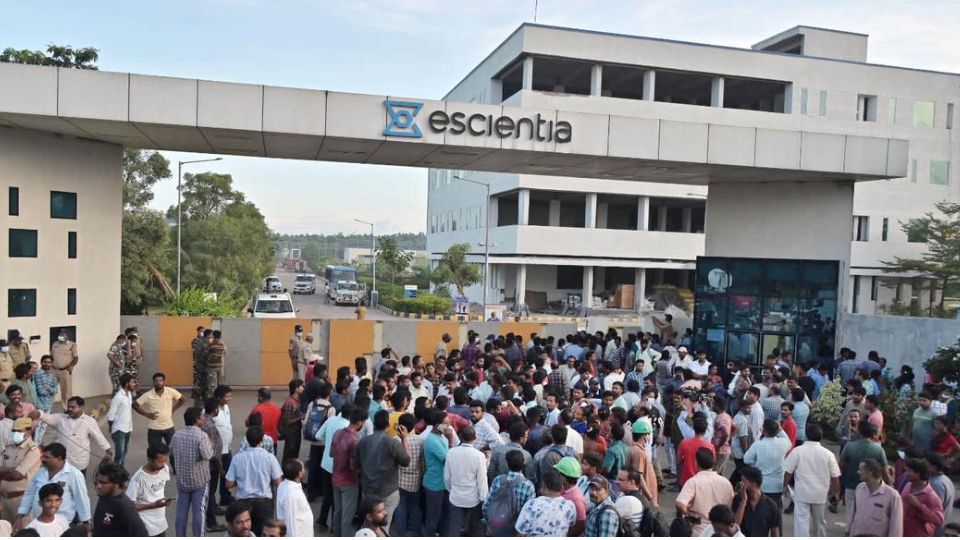The finance minister has unveiled a budget that targets nine key areas to drive development: food production, establishment of job opportunities, fairness, production industries, city development, power, construction, innovation, development of new ideas in the economy, and succeeding generation revolutions.
This budget focuses on generating opportunities in these sectors to foster growth in society. Several distinct incentive endeavors can be distinguished: the wage increment aimed up to INR 1,00,000; the new employee wage scheme totaling up to INR 15,000 is valid for the first three paychecks that are not exceeding INR 1,00,000 and are divided into three trimestral payments.
Infrastructure and regional development
The Union government has committed INR 26,000 crore for road projects in Bihar; a clear message of infrastructure development is on the horizon. Construction of airports, medical colleges, and sports facilities in the state is proposed under the most progressive “Purvodaya” that unveiled its comprehensive developmental policy for Bihar, Jharkhand, West Bengal, Odisha, and Andhra Pradesh. This plan is to achieve the objective of decentralization of development while at the same time providing for these states so that they can also receive the support needed for growth.
Agriculture Initiatives
- Measures in the budget focus on strategies to boost the agricultural sector highly.
- Initiation of 1 crore farmers in natural farming:
- Includes certification and branding for farmers.
- Implementation through scientific organizations and voluntary gram panchayats.
- Establishment of 10,000 need-based bio-input resource centers.
- Government policies aim to achieve self-sufficiency in pulses and oilseeds:
- Focus on increasing production, storage, and marketing of these crops.
Employment and skill development
To improve employment chances, the government has initiated three employment incentive schemes, the main of which are linked to EPFO enrolment. The above-stated schemes are meant to help both employees and employers, promote employment, and ensure job security. Further, there will be special packages for the growth of the capital city in Andhra Pradesh; the money allotted for the fiscal year 2019-20 and subsequent years is as follows: INR 15,000 crore.
Internship and MSME Support
Investment matters are avouched in the budget with the fixation of an intensive internship program aimed at engaging one crore youth and placing them in more than 500 leading organizations. Interns will be paid a monthly allowance of five thousand rupees, along with a one-time grant of six thousand rupees focusing on intern skills and exposure.
To support MSME it has been proposed to increase the Mudra loan amount from INR 10 lakhs to INR 20 lakhs, decrease the TREDS platform turnover from INR 500 crore to INR 250 crore, and establish e-foreign trade terminals. It is for these reasons that the measures outlined above are aimed at supporting the growth of MSMEs and traditional artisans so they can penetrate international markets.
Housing and rural development
Under PM Awas Yojana-Urban 2.0, the government intended to construct one crore houses for the poor and middle-class strata. Also, a progressive vision has been laid to build three crore houses in rural and urban areas to help millions avail of cheap houses. The budget allocates INR 2.3 lakh crore for rural development, excluding PMGSY, with an emphasis on job creation of up to INR 4 lakh crore. In the next five years, one crore youth will be trained, and twenty lakh people will gain skills. To achieve this, the government will modernize one thousand industrial training institutes and offer wage subsidies for first-time employees through DBT.
Budgetary tools and health policies
The deficit for the financial year, which is 2024–25, is estimated to be at 4%. As of 2005, it was 9% of GDP; the plan is to bring it down to 4.5% minimum. The measures discussed include the reform of customs duties, the cutdown of the TDS rate on e-commerce transactions, and the consolidation of the tax exemption frameworks for charities and other non-profit organizations. In health, an exemption to customs duties will be provided to three cancer medicaments; the allocation for health and family welfare will be raised to INR 87,656/- only. These measures are aimed at PE patients, healthcare facilities, and system improvement.
This Concludes that the budget provides a holistic plan for:
-
- Economic development
- Addressing social issues impacting the Indian population
- Includes measures for the following areas:
- Development of infrastructure
- Job creation
- Welfare policy for disadvantaged groups
- Women empowerment
- Skill development
- Agriculture
- marketing of pharma
- Digitalizing
- Revising tax rates
- Seafood supplies
- Education loans for domestic institutions
About the Author
Ms Yogya Reddy is an undergraduate student at the University of Massachusetts, Boston, USA, studying International Relations and affairs. She is passionate about global democracy and politics. She also enjoys working on research and writing.











